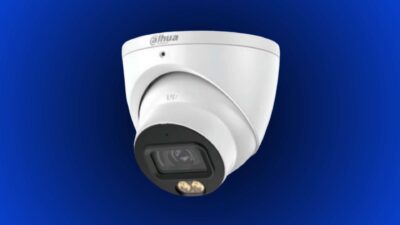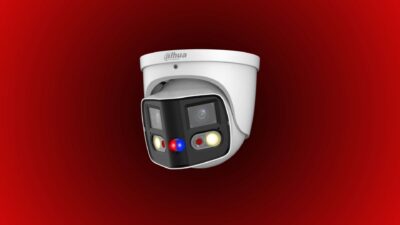When it comes to CCTV surveillance, seeing clearly at night or in low-light conditions is crucial. However, not all cameras are created equal. Choosing the right camera technology can make the difference between a blurry silhouette and a crystal-clear identification. Let’s break down the three most common night vision technologies used in modern CCTV systems: Infrared (IR), Low-Light (Starlight), and Warm Light.
1. Infrared (IR) Cameras – The Classic Night Vision
How It Works:
Infrared cameras use IR LEDs to illuminate the area with light that’s invisible to the human eye. The camera sensor picks up this light, allowing it to see in complete darkness.
Pros
- Can see in total darkness (0 lux)
- Affordable and widely available
- Doesn’t draw attention – invisible to the human eye
Cons
- Images are black and white at night
- Reflective surfaces can cause glare
- Limited range for budget models
- Bugs and spiders often attracted to IR lights
Best For
General nighttime surveillance in low-traffic areas or perimeter monitoring where colour detail isn’t critical.
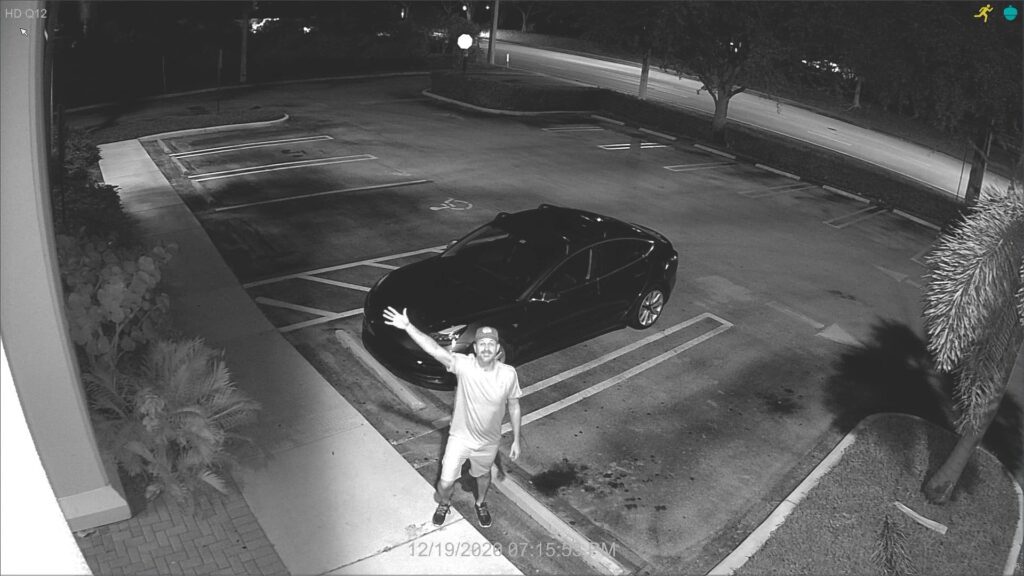
2. Low-Light (Starlight) Cameras – Detail with Minimal Light
How It Works:
Low-light or “Starlight” cameras use advanced image sensors and large apertures to amplify ambient light (like moonlight or streetlights), enabling colour video in near-darkness.
Pros
- Delivers full-colour images in very low light
- No visible light emitted – discrete surveillance
- Better detail for identifying people/objects
Cons
- Needs some ambient light to function
- Performance varies by sensor quality
- Can be more expensive than standard IR
Best For
Urban environments or areas with some lighting – perfect for driveways, shopfronts, and public spaces where colour is important for identification.
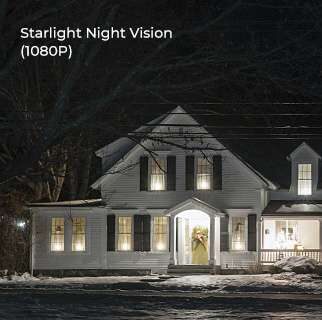
3. Warm Light Cameras – Colour At All Hours
How It Works:
Warm light cameras use built-in white LEDs to illuminate the scene when light levels drop, ensuring vivid colour footage even in complete darkness.
Pros
- Always records in colour
- Acts as a deterrent – the light turning on can ward off intruders
- Better visibility of detail in recorded footage
Cons
- Constant lighting can be intrusive or draw attention
- May cause light pollution in residential areas
- Can attract insects or animals
Best For
Entry points, backyards, or any location where active deterrence and high-detail colour recording is essential.
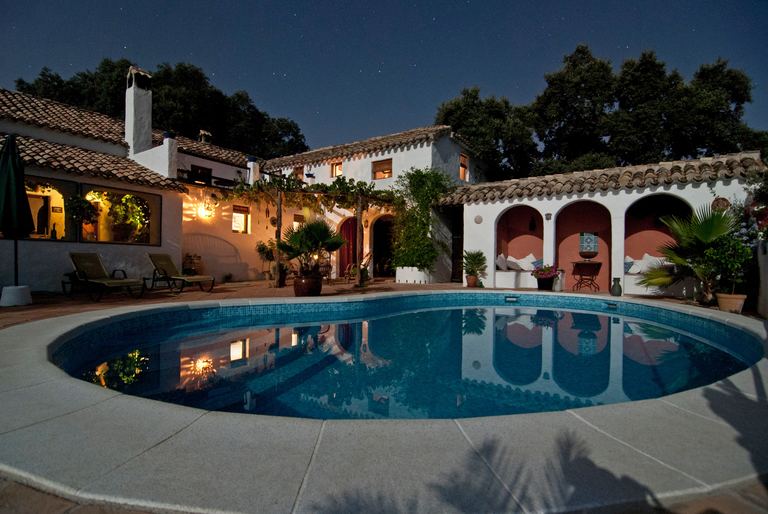
So, Which One Should You Choose?
Feature | Infrared | Low-Light (Starlight) | Warm Light |
|---|---|---|---|
| Colour at night | No | With ambient light | Yes |
| Works in darkness | Yes | Yes, needs some light | Yes |
| Stealth | Yes | Yes | No |
| Image Detail | Moderate | High | High |
| Different Effect | Low | Low | High |
| Price Range | $ | $$ | $$ |
Final Thoughts
The best camera for you depends on your location, lighting conditions, and what you value most, whether it’s stealth, colour footage, or deterrence.
- Go with IR for affordable, no-frills night vision in total darkness.
- Choose low-light if you want discreet, high-detail colour footage with minimal lighting.
- Opt for warm light when you need full-colour video and want a camera that can actively deter intruders.
Still unsure which is right for your property? Contact Jim’s Security now to request your free quote and security assessment. You can click here or call us at 131 546. Our experts can assess your site and recommend the best solution for your needs.

